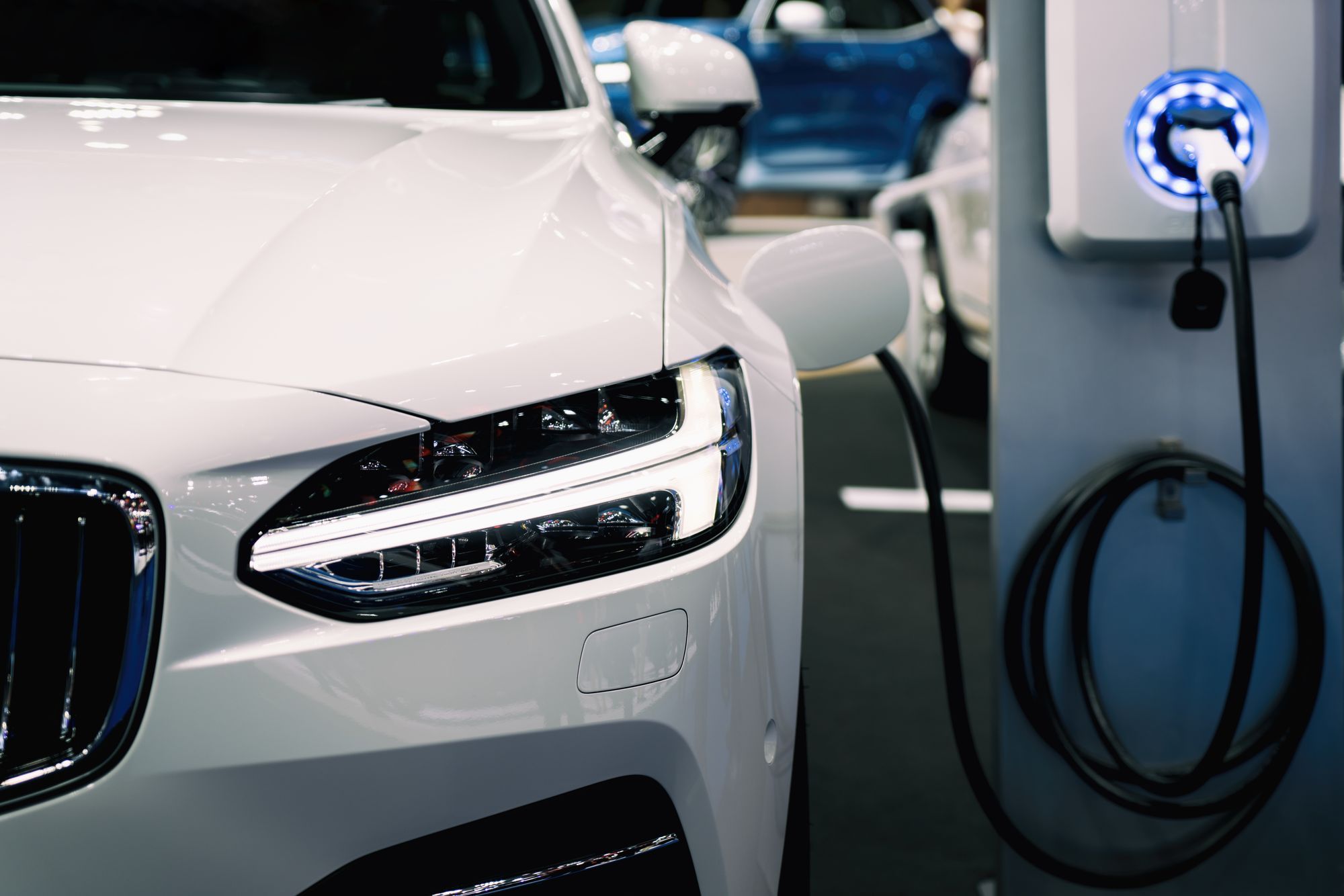Electric cars have not been in the game for the same time as regular cars. But since they hit the market years ago, there has been a great shift in the locomotive industry. Electric cars came to salvage the environment from the tremendous pollution caused by gasoline-powered vehicles.
It's going to be pretty hard to give up gas cars entirely. But at least now, there is a compromise because of hybrid and electric vehicles. If you have recently acquired an electric vehicle or plan to buy one, you might have some questions about how it works.
Most people are fascinated by the battery because it’s the heart of an electric car. That is where these frequently asked questions come from.
How Do Electric Car Batteries Work?
The batteries in most cars are for starting the engine and running accessories such as the air conditioner and radio. The battery in an electric car runs everything. The important thing that runs using the battery is the electric motor. It demands a lot of long-lasting power to take the vehicle and its driver where they need to be.
A battery stores chemical energy that converts into electricity. It has one or more electrochemical cells, of which each cell has two half-cells. One half-cell has numerous amounts of tiny negatively charged subatomic particles called electrons. The other half has fewer numbers of electrons.
The energy produced by the movement of these electrons can be utilized to run the motor and other duties. After some time, as the electrons move from the negative side, the flow slows down, and the amount of electricity produced by the battery drops. The battery is eventually considered dead and cannot produce electric flow when the electrons on the positive side are more than those on the negative side.
Until recently, there has been no reliable, mass-producing battery manufacturer. That has made electric cars as better and more dependable as gasoline-powered cars. However, things have begun to change. Electric vehicles have become better since they can perform like gasoline cars, and they are now being produced in large numbers by automobile manufacturers.
The battery makes up a big part of the car. Most failed electric vehicles are abandoned after the battery malfunctions. The demand for quality, long-lasting batteries keeps increasing as more and more people purchase electric vehicles. Most people like to think electric cars are futuristic, yet they have been around since the half of the 19th century. It’s only recently that they have gone into mass production.
The car batteries are chargeable. You will need to plug in your car to an electric source before taking a long drive. Luckily some gas stations offer charging ports for different electric vehicles.
What Are The Types Of Electric Car Batteries?
Disposable batteries are the ones most people are familiar with. These batteries are alkaline, and once they are used up dead, they are no longer helpful and should be recycled. Since you can’t charge them, they will require constant replacement. However, electric cars use rechargeable batteries.
Rechargeable batteries do not need regular replacement. When its energy is exhausted, electrical energy will return the positive and negative electrode halves to their original electrochemical cell and re-launch the electron flow. In simple terms, you can charge it as many times as possible for the duration you own the car.
Automotive manufacturers have identified three types of rechargeable batteries as fit for use in electric cars. There are different types of rechargeable batteries, including:
- Lead-acid batteries. These are the oldest rechargeable batteries that are still in use since they were invented in 1859. The batteries work by combining lead electrodes and a mild solution of sulfuric acid to generate electric energy in the battery. However, if you overcharge the batteries, they risk explosion.
- Nickel metal hydride batteries. These batteries contain nontoxic metals packed in small batteries to produce a great amount of energy. They started being used commercially in the late 1980s. Since they use nontoxic metals, you can easily recycle them.
- Lithium-ion batteries. These batteries are less likely to lose energy when they are not in use. They have a high energy density, are lightweight, and demand low maintenance requirements. This battery is the most preferred for powering electric cars.
The biggest problem with electric car batteries is recharging them. As you can also imagine, the battery may wear out with time and force you to replace it.
What Are The Advantages And Disadvantages Of Electric Vehicles?
Electric vehicles are environmentally friendly since they do not generate pollution caused by internal combustion engines. But still, electric cars' energy is produced by burning fossil fuel that also causes pollution. However, it is still less dangerous than emissions from gas-powered vehicles. That is the main advantage why most people prefer electric cars.
Battery-powered vehicles demand a lower cost of fuel compared to internal combustion engines. The gasoline engine requires a regular supply of gasoline which is costly to power the car. So if you are looking for a cheaper car to maintain long-term, consider an electric one. Most rechargeable batteries can be recycled. This prevents disposal problems. This is also an advantage for the environment.
However perfect electric vehicles may look, they have a significant disadvantage. The battery-powered cars take more time to recharge their batteries, meaning that once the battery power is depleted, the vehicle will be out of service for a long time before you charge it.
Electric cars are also heavy because the batteries need to be joined together in packs to generate additional power. The vehicle itself may not be heavy since its butteries may constitute about a third of its weight.
What’s Electric Car Charging Like?
A rechargeable battery may not be of use if you have no place to recharge it. It is recommended that you take the car home and plugin in the evening and leave it to charge overnight. That is the best way of avoiding being stranded by the roadside. Electric vehicles come with charging systems that allow them to recharge from a standard socket. Recharging the car to full strength may take about 3 and 10 hours. The charging time depends on the car's brand and model.
With the regenerative braking technique, the electric vehicle can extend its range. This is achievable by harnessing the kinetic energy of the car's brakes to recharge the battery. This technology can improve the car's range by up to 50 percent.
One challenge with charging electric vehicles is the few recharging stations, but there is an underway plan of building more charging stations that are quick than home charging systems when the customers start purchasing electric cars.
What Is The Lifecycle Of An Electric Car Battery?
Most manufacturers that produce electric-powered cars have estimated that their battery lifespan is over four and a half years, or roughly 100,000miles. At the end of the timespan of the battery, the pack will need a replacement that may cost you a lot of money.
Maintaining the battery will contribute to the expenses of operating an electric vehicle. Electric cars are still considered new technology, and as their production increases, their high prices will decrease.



